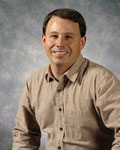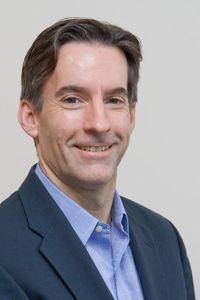
Dr. Scott Feller, Professor of Chemistry
Dr. Feller was my physical chemistry professor as an undergraduate and my first research adviser. Got me started with Gaussian98 and CHARMM and computational chemistry as a field. Currently the Division 1 Chair and Professor of Chemistry at Wabash College. Not to be too sappy, but he is my role model.

Dr. Richard Pastor, Chief, Membrane Biophysics
Dr. Pastor is the Chief of the Membrane Biophysics Section (MBS). A group of researchers who use diverse theoretical methods combined with high performance computing to investigate the properties of lipid membranes and related molecular assemblies. The research group joined the NIH/NHLBI Laboratory of Computational Biology (LCB) in 2006, after over 20 years in FDA/CBER’s Laboratory of Biophysics. I got to work with Dr. Pastor during the summer of 2002.
Dr. York was my graduate adviser at the University of Minnesota. The focus of the York lab is the development multi-scale models to investigate RNA catalysis. The group is involved in a wide range of projects that employ a variety of computational methods. Dr. York is now at Rutgers University in New Jersey.

Dr. John Straub, Chair and Professor of Chemistry
Dr. Straub is Professor of Chemistry and was Department Chair while I was at Boston University. Dr. Straub’s research explores protein dynamics and thermodynamics using theoretical and computational methods, with a particular focus on elucidating pathways for conformational change associated with protein energy transfer, signaling, folding, and aggregation.
Dr. Adrian Elcock, Professor of Biochemistry, University of Iowa
Dr. Elcock is Professor of Biochemistry at University of Iowa. Â As part of the FUTURE in Biomedicine program, I was able to spend the 2014 summer working in his lab. Â His research interest in the development of course grain force fields for use in Brownian dynamic simulations for biological systems. Â Specifically, the goal of the lab is to simulation long time simulations of large portions of cells.

